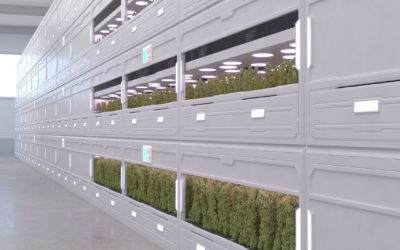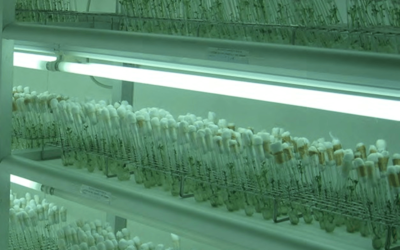Why Let Device Constraints Constrain Your Business Potential?
19
October 2020
by Eliav Gnessin
Solving with Firmware Innovation
Embedded computing devices deployed within the Internet of Things (IoT) have, for years, been challenged with the ability to compute given minimal resources.
Constraints include memory and processing capabilities and the low-power radio standards utilized as network interfaces.
Product companies and Solution providers need inexpensive computing devices at scale – not just a few dozen, but tens of thousands and even hundreds of thousands that are small, affordable, and reliable, especially for distributed implementations (for example, an entire smart city using controlled LED lighting).
The ability to network embedded devices opens up endless opportunities to develop new applications in homes, buildings, and public spaces. The value of the IoT is found in new computing services that integrate existing software services already available via the Internet with the control and data gathering capabilities of embedded devices.
Technology improvements following Moore’s law (the value of the network is based on the number of endpoints on the network) are making embedded devices more economical, smaller and more energy-efficient but not necessarily more powerful. Mass adoption equals mass production, which has contributed greatly to the growth of the IoT and Industrial IoT.
The challenge today, however, are expectations for edge devices to do a lot more work than they have previously done, and that takes more CPU power, memory, and storage capacity.
The rapid advancement and roll out of 5G wireless IoT services are exacerbating the challenge while also opening up new innovation opportunities – the networks will be amazing, but what about the edge? How do we create devices that are both powerful and resource-efficient, rugged, and affordable?
Embedded devices used in the IoT need to possess computational capabilities for the task they must perform, security, and networking abilities allowing integration with the Internet. To minimize product costs, IoT devices are to be equipped with low-power, constrained resources, combined with a production-grade, low-footprint IoT client that allows utilizing the full capabilities of the chipset.
Similar Blogs
Advancing Plant-Based Pharma like Cannabis with Sensors and IoT Platform
Plant-based biologics is seen by many experts in the bio-pharmaceutical industry to be the next major commercial development in the field of biotechnology. Advantages include the opportunity to produce safer drugs at lower costs when the cultivating of the plant source is of the highest quality, grown efficiently, harvested, and processed in a timely way, and distributed through reliable supply chains.
Hortica Comes out of Stealth Mode to Reveal Connected Cultivation Greenhouse for Medical Cannabis Leveraging Edge Compute and Advanced Automation
After years of development and testing, one of Israel’s most interesting AGTech startups, Hortica, announced this week they are coming to America to build connected, automated, large-scale precision growth facilities that have proven to produce the highest quality cannabis for medical products.
As global demand for high-quality medical cannabis skyrockets, Hortica, Cloud of Things, and AES announce innovative cultivation initiative
Hortica, a technology-oriented company that is developing and manufacturing an advanced platform for cultivating plant-made pharmaceuticals today announced it has selected Cloud of Things and AES to partner on a major innovation initiative that will accelerate the implementation of Hortica’s breakthrough which makes it possible for growers of cannabis and of other medicinal plants to supply organic, safe, consistent and standardized crops to patients, clinical trials and pharmaceutical industry.



